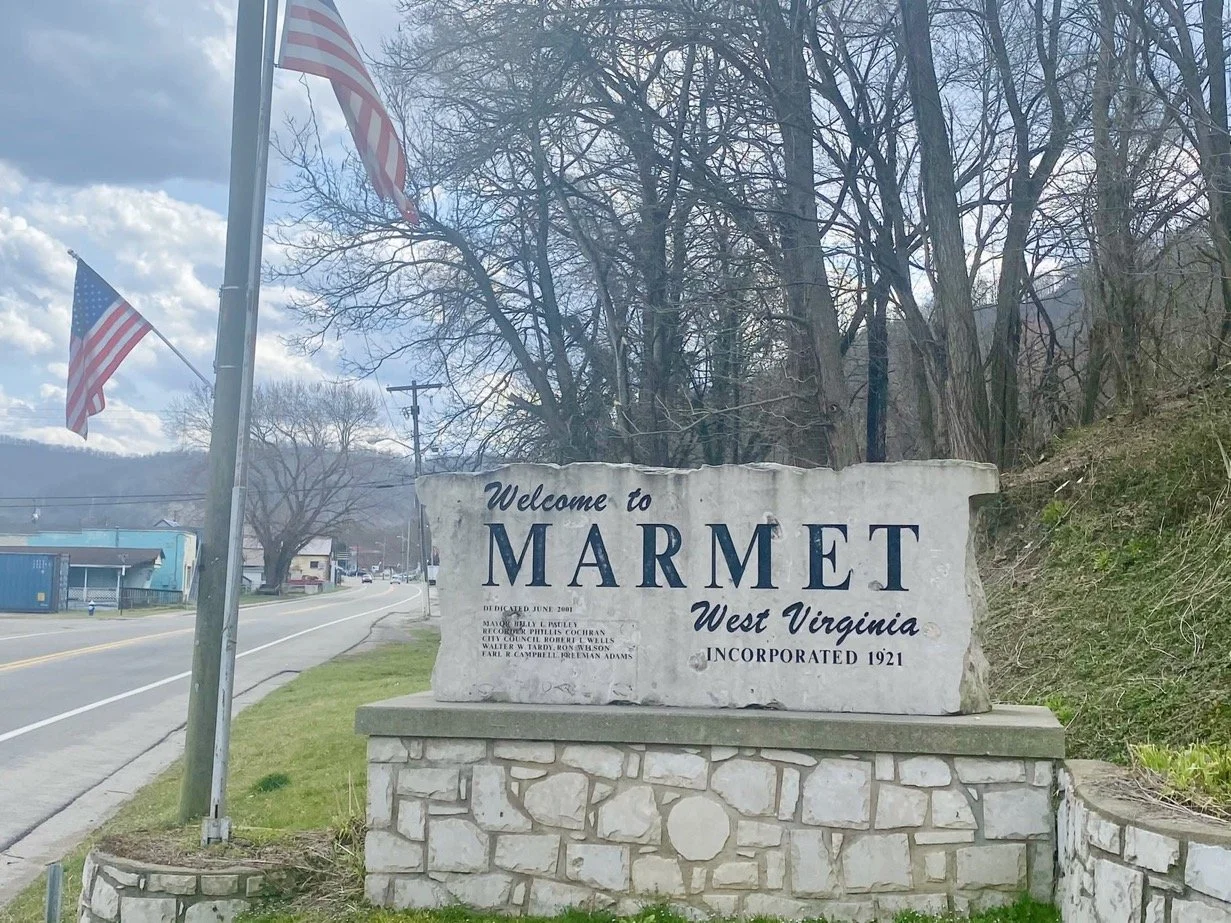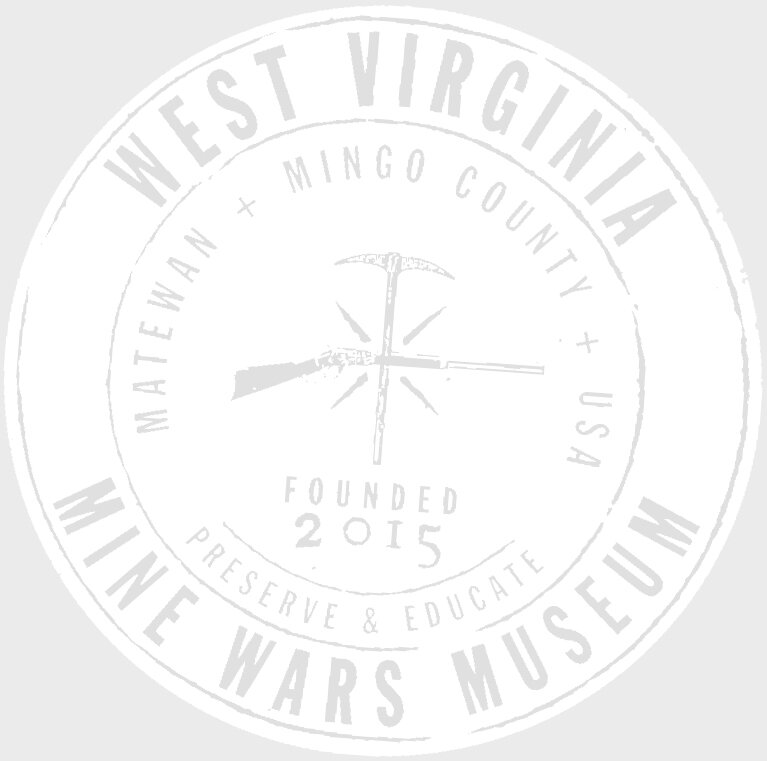Marmet Town Sign
By 8:00 A.M. on Tuesday, August 23, 1921, Marmet’s newly elected mayor W.A. Miller watched history being made before his eyes as miners gathered in Marmet to begin their March to Mingo. Marmet had been the site of such conflict before, and he knew that even during periods of uneasy peace, resentments always simmered just below the surface. On many occasions, he had even seen conflict reach a boiling point only to be calmed before rolling over into full-blown warfare. But what he and 3,500 other Marmet residents witnessed over the next several days could not be calmed, and the simmer boiled over into a labor rebellion the likes of which no one in the nation had witnessed before—or has since.
In an August 24, 1921 interview with the Charleston Gazette, Mayor Miller reported that “all day long and up into the evening, 5,000 men, all of them union miners, came down Cabin Creek to Marmet on freight trains…[and] all the mines on Cabin Creek were idle due to the absence of the miners.” The newly-arriving miners, mostly armed with rifles, shotguns, and revolvers, joined the approximately 2,000 men already camped on the hillsides. Later in the day, six physicians and eight registered nurses joined the camps. Although rumors to the contrary hadspread through Charleston, Miller reported that “the men have been orderly” and had not “in any way molested any citizens.” Mrs. Spurlock, who lived up Lens Creek, reported that as she passed through the camps on her way home, she had “a feeling of perfect safety among the men.”
What Miller and Mrs. Spurlock didn’t know then was that what they were witnessing would turn out to be the formation of the so called “Redneck Army.” And, unlike previous labor conflicts that played out in Marmet, this time the conflict would not only come to a boil, it would boil over into the largest and most significant labor rebellion in American history—the Battle of Blair Mountain.
While there had been plenty of skirmishes in the past twenty years, this time was different. This time, the Baldwin-Felts agents hired by mine owners had gone too far. Always brutal, they ruled the coal camps with an iron fist, doing whatever was necessary to keep unions out of the coal fields. Miners had grown tired of the dangerous working conditions, the squalor of life in company towns, and being forced to trade only at the company stores. Baldwin-Felts agents had shot and killed Sid Hatfield, the miners’ hero, on the McDowell County Courthouse steps in broad daylight. And hundreds of miners were being detained under martial law in Mingo without benefit of their civil rights.
Sid’s death did not cause the war, but it lit the fuse that led to the explosion that had so long been on the verge of igniting. Unlike other conflicts when agreements were reached to appease the miners and return the region to relative peace, this time miners could not be calmed, and threats fell on deaf ears. There would be no negotiating, no going back, no stopping them.
The Red Neck Army was fully fueled and determined to march to Mingo County, avenge their fallen martyr, and free their brother miners.
The next day, they moved out. Following Lens Creek, the Redneck Army was joined by thousands as they marched toward Logan County with their eyes fully fixed on Mingo.
For more information, visit the West Virginia Mine Wars Museum Research Tab
• Even the Heavens Weep (documentary)
• Blood on the Mountain (documentary)
• The Mine Wars (PBS documentary)
• Matewan (A movie by John Sayles drama)
Watch Free with Ads here
Click Here to RSVP for the Community Monument Planning Meeting in Marmet


